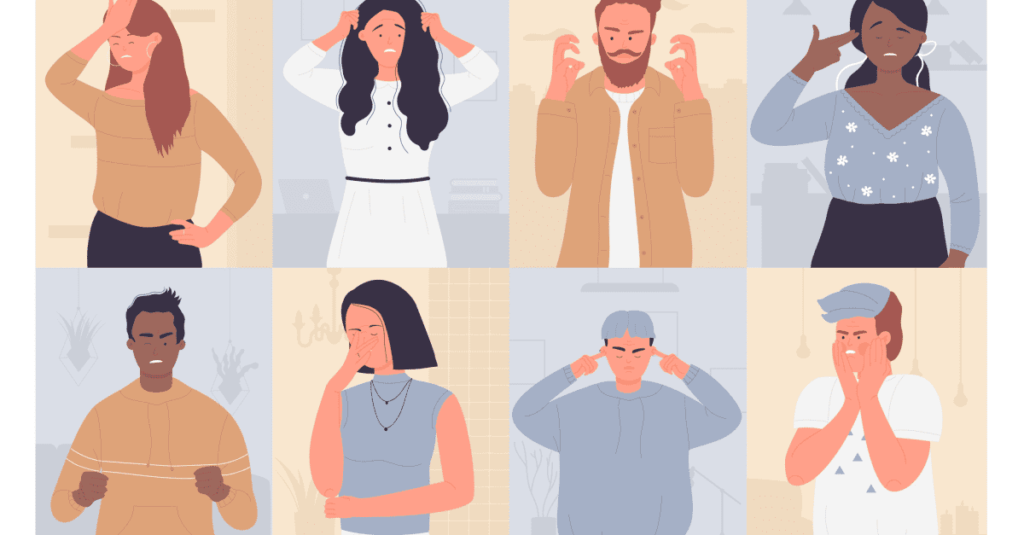
What is non-verbal communication?
Non-verbal communication is defined as the act of conveying information without the use of words. A large proportion of our communication is actually non-verbal, with some studies suggesting that around 80% of what we communicate is conveyed through actions, gestures, and expressions. Non-verbal communication can involve the use of certain facial expressions or hand gestures to make a specific points, or can involve eye-contact, physical proximity and other cues. They also strengthen and can make our verbal message more meaningful and trustworthy if they appropriately accompany them.
Why is it important?
Non-verbal communication is important because it gives valuable information about a situation, including a person’s emotion, how they are responding to information and how they feel about whoever is speaking to them. In medicine, it is important both to be aware of your own non-verbal communication but also develop the ability to pick up on the cues given by your patients. For example, if their expression is signifying that they may feel stressed or overwhelmed it may mean you need to slow down the pace of your information delivery, or may need to adjust the jargon you are using, or stop and clarify with them. Things like poor posture can seem immediately unprofessional or avoiding eye contact may make you seem less confident about the area you are discussing.
In OSCE stations this can be particularly important for two reasons. Firstly you may receive a score from the patient or actor on how you made them feel, which may contribute to your overall mark. Secondly, whilst part of the OSCE is content-focused a large part also assesses your general communication and your non-verbal communication can hugely affect how the examiner perceives your communication skills. Whilst people may feel that this is difficult to change, with a bit of focus on evaluating your own communication, it is easy to change your non-verbal cues and improve them.
How can you improve it in the OSCE setting?
There are a few ways you can ensure you improve your non-verbal skills in an OSCE station. Whilst things like personal presentation and dressing appropriately are a given, there are a few others which may seem less self-evident.
Firstly, the use of facial expressions. In an OSCE exam it is important to have a pleasant and neutral expression for the majority of the station, but being adaptable and responsive to patient cues, for example changing expressions when you are trying to convey that you are empathising with them. Avoiding strong emotions and expressions is ideal, as you do not want to influence the patient’s emotions and perceptions of the situation.
Secondly, tone of voice. Whilst this is not a drama assignment it can be important to module your tone of voice to match the situation and reflect the emotions. Speaking in a monotone can disengage the patient, whilst being too animated can also affect them, so having a generally neutral tone can be more appropriate.
Thirdly, the use of gestures. Using your hands can help to convey your message and allow you to seem more engaged in conversation, however overuse can distract from your message and the conversation. Similarly, posture and body language are important. Sitting near the patient but not too close to invade personal space, straight and leaning in slightly, conveys open body language and allows the patient to feel comfortable in speaking to you, conveying that you are engaging in active listening.
Finally eye contact, maintaining eye contact with the patient but not making it too intense can be a difficult balance to find. Approach this as any social situation where you are speaking one-to-one with another individual and need to maintain appropriate eye contact with them.
How can you prepare for this?
The only real way to improve and prepare for this is to practice. When practising OSCE in small groups, ask your friends to also comment on your manner and how you come across as a global communication score. You can also record yourself speaking and watch it back to critique yourself and identify areas for improvement!
